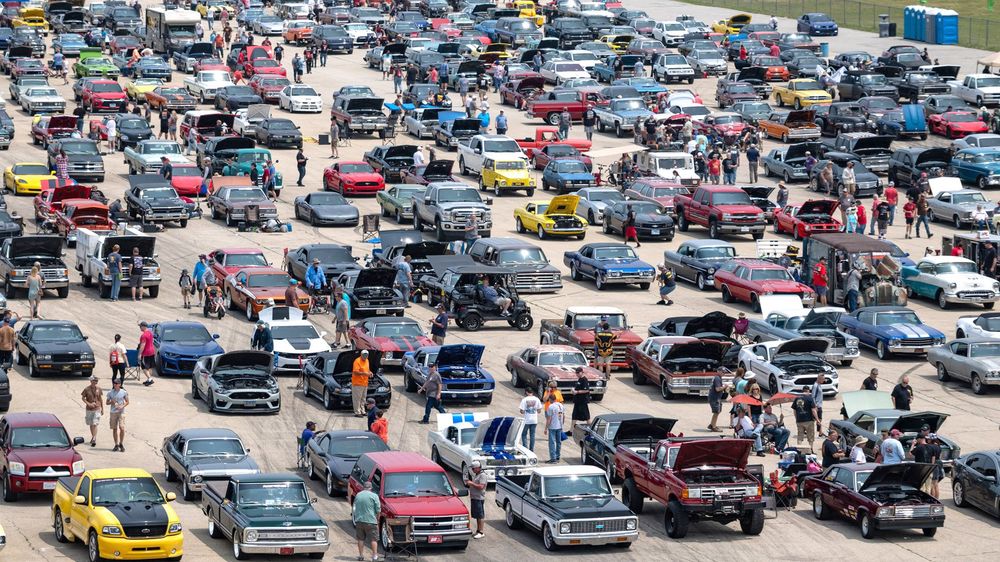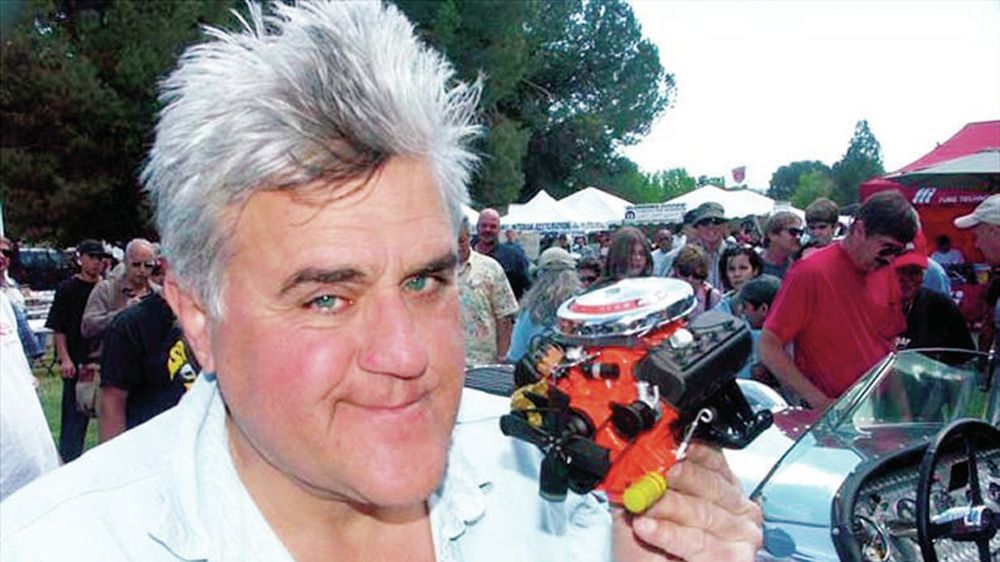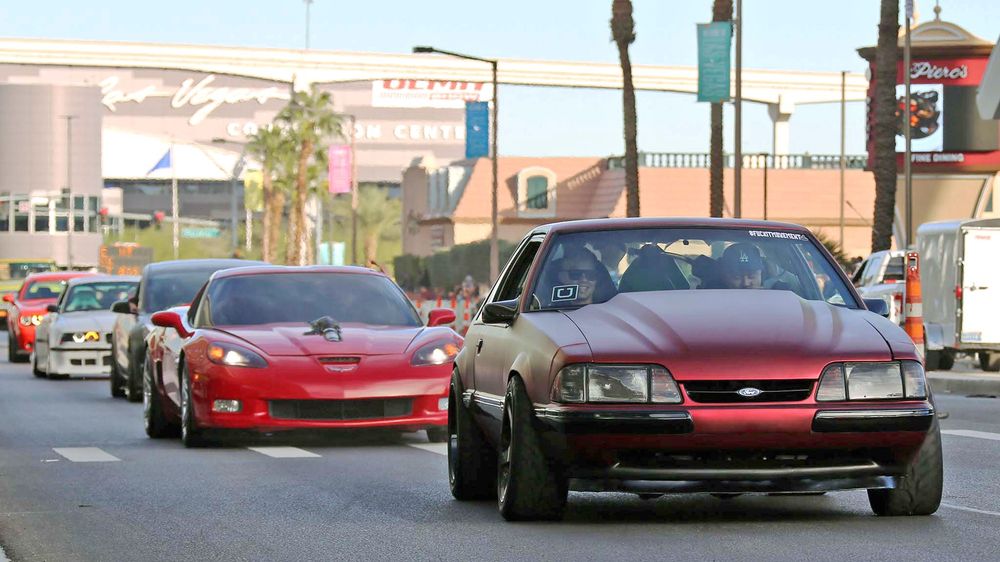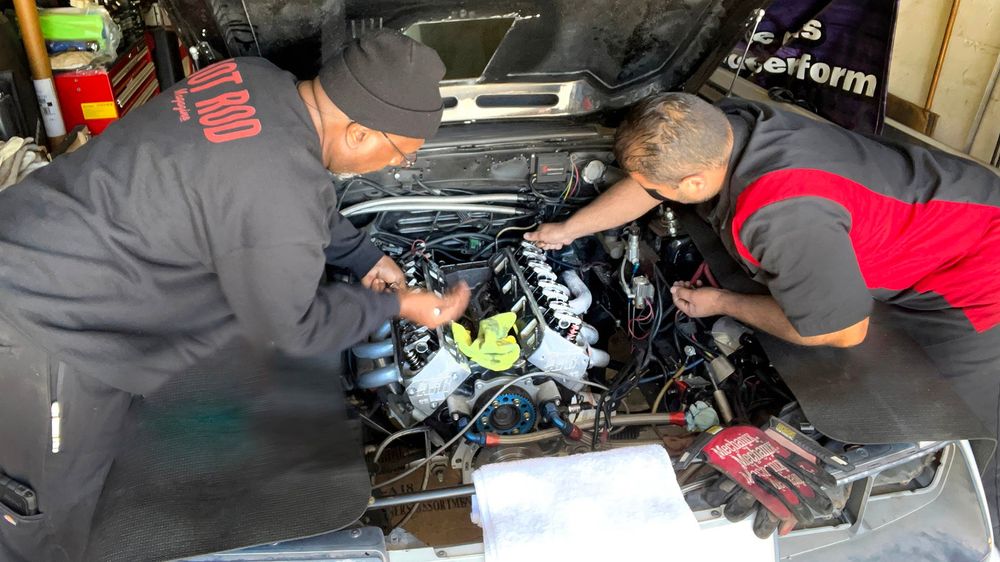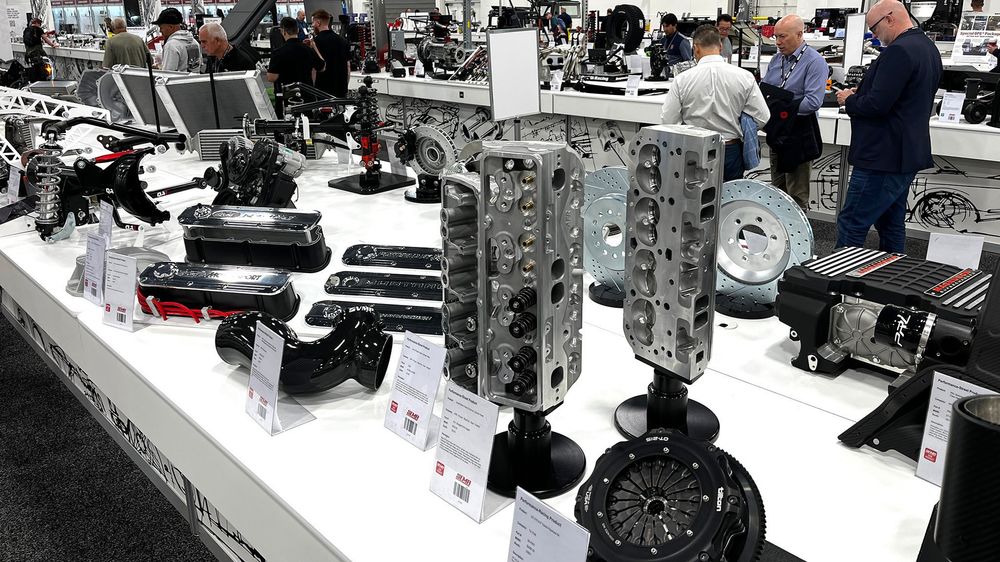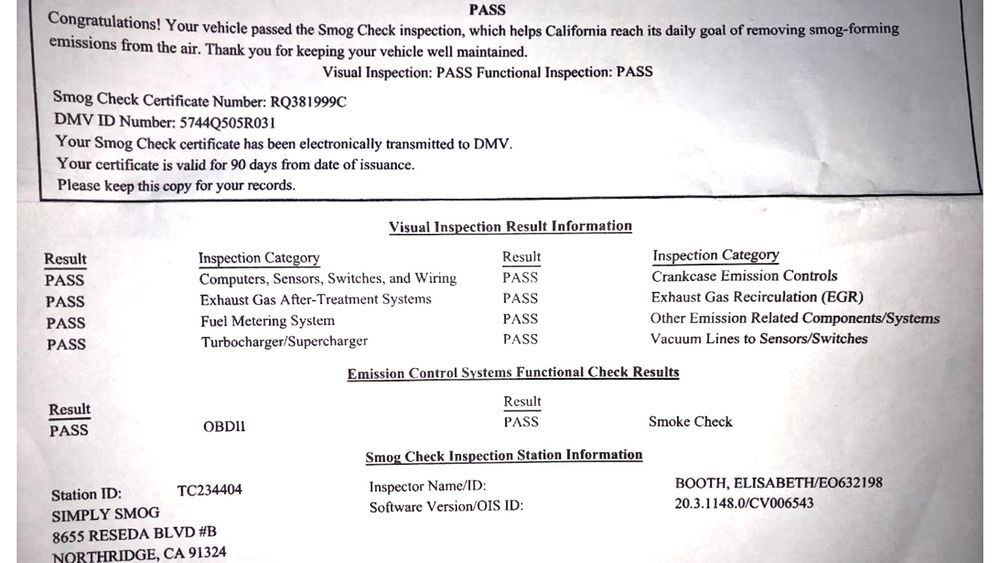Smog-Check Exemption Dream May Come True for California’s Classic Car Owners
Senate Bill 712, “Leno’s Law,” earned Senate approval, has strong momentum for getting the Assembly’s OK.
The wheels of government move slowly, especially when it comes to incorporating new policies and laws at the city, state, and federal levels.
AI Quick Summary
SB 712, known as "Leno's Law," aims to exempt California classic cars (35+ years old) from smog checks, starting January 1, 2027. It requires historical plates and collector insurance. The bill, endorsed by Jay Leno, awaits further legislative approval.
This summary was generated by AI using content from this MotorTrend article
Read Next
0:00 / 0:00
On Friday, May 23, 2025, just one day after the U.S. Senate put the kibosh on the California’s EV mandate, a measure that has since been signed into law by President Trump, Republican and Democratic senators in the Golden State agreed to advance SB 712 through the Senate Appropriations Committee, with a vote of 12–2.
With that decision, the Committee set the implementation date as January 1, 2027. Wait. What? No, when?! That’s right, the bill’s ultimate passing and becoming effective as actual law will take a while, folks. So we suggest you all buckle up and keep reaching out to lawmakers, letting them know how big of a deal this is for classic car enthusiasts.
According to the Specialty Equipment Market Association (SEMA), “SB 712 is still in the early stages of the legislative process, and bills often undergo changes as they progress through both houses. Lawmakers, staff, and agencies may suggest additional changes, particularly as the bill progresses through the Assembly. That's normal. The key thing to remember is this: Amendments are part of how a bill survives. It doesn't mean the core goal is lost. It means adjustments are being made to keep the bill alive and build support. This is just one step in a long process. So be patient, stay engaged.”
Leno’s Law
SB 712 is better known as “Leno’s Law” thanks to its strong endorsement from comedian and longtime classic car enthusiast Jay Leno. It calls for a discontinuation of mandatory smog checks (California-registered, modified, and high-performance hot rods’ longtime nemesis) for collector vehicles 35 years and older (built before and no later than 1990) and only driven for special occasions or car shows. Said vehicles will require historic vehicle registration and collector car insurance coverage. It’s important to note that the program created by Leno's Law is entirely optional.
“California helped invent car culture, from lowriders in East L.A. to muscle cars in the Central Valley,” Leno said. “These cars tell our story. SB 712 is about keeping that story alive. These vehicles are only driven occasionally, not daily, and it makes sense to treat them differently. I’m proud to work with Senator (Shannon) Grove and thank the committee for supporting our automotive legacy.”
“These classic cars aren’t just hobby vehicles,” Senator Grove said, “they represent generations of craftsmanship, culture, and community pride. With this bill, we're protecting small businesses, empowering car enthusiasts, and preserving a vital piece of California’s heritage.”
Frequently Asked Questions (and Answers, per SEMA)
What amendments were made to Leno's Law?
Before it voted, the Senate Appropriations Committee made the following changes to the bill:
- Require vehicles to have collector car insurance
- Require vehicles to display historical vehicle license plates
- Sets the implementation date to January 1, 2027
Can the Senate Appropriations Committee just change a bill at any time?
Yes. In California, specific committees, like the Senate Appropriations Committee, have the authority to amend bills without the author's (Senator Shannon Grove) approval.
If committee leadership believes changes are needed for a bill to move forward, whether to reduce costs, clarify language, or address other concerns, they can make those amendments directly.
It's a regular part of the legislative process, especially for bills with financial implications. While the bill's author may not always agree with every change, accepting committee amendments is often the only way to keep a bill alive and moving.
Are these new usage restrictions?
No. The recent amendments don't add use restrictions. Instead, they clarify what's already been the intent from the start: Leno's Law is designed for true collector vehicles, not just any older car or truck.
Why are historical plates and insurance now mandatory?
The Appropriations Committee made these changes to address an issue that some lawmakers had from the start: There needs to be a screening mechanism. Several lawmakers were clear that the bill was a nonstarter and would not garner the necessary support to pass unless a screening mechanism was included.
During April's Senate Transportation Committee hearing, multiple legislators expressed concern that, without some guardrails, SB 712 could create a loophole for high-polluting vehicles that are not actual collector cars. As a result, the Appropriations Committee added the requirement that the vehicle have a collector's insurance policy and historical vehicle plates to qualify for a full smog exemption.
Why is implementation delayed until 2027?
The California Department of Motor Vehicles (DMV) is in the midst of a massive technology overhaul. Furthermore, the state is facing a significant budget deficit, and new programs with upfront costs are being heavily scrutinized or outright rejected.
DMV officials informed lawmakers that implementing a new exemption system necessitates IT changes, staff training, and the development of new processes. These are things they simply can't do right now without major funding. Requesting immediate implementation would have incurred significant state costs, and in this budget climate, that's a fast track to a "no" vote or veto.
Why isn't the exemption funded with a fee to cover the cost?
Those fees only generate revenue after the program is up and running. The state would still need to spend a significant amount of money up front to prepare everything, including upgrades to the DMV's systems and establishing the verification process.
Instead of letting the potential of new costs derail SB 712, the Appropriations Committee amended the bill to clarify that implementation would be delayed until 2027. That gives the DMV time to prepare without forcing it to absorb costs it can't currently handle, and it keeps the bill moving forward instead of getting sidelined over funding concerns.
Is collector insurance more expensive?
No. Collector car insurance is typically less expensive than standard insurance because these policies are designed for low-mileage, limited-use vehicles. As a result, the premiums are often a fraction of what you'd pay to insure your daily driver. Companies like Hagerty, Grundy, CHUBB, USAA, and others offer policies with strong coverage and savings.
Please remember, although SB 712’s endorsement by California’s Senate Appropriations Committee is an extremely bright glimmer of hope for a major and welcome change to the state’s smog laws, right now those laws are still very much in effect.
And until the bill becomes law and any new details about “can-do” and “can’t-do” modification and all-important parts permissions and restrictions are provided by the California Air Resources Board, we strongly suggest you use serious discretion about adding and/or removing emissions-associated hard parts or modifying engine-management strategies for your hot rod. That’s the thing to remember in all of this. The potential changes don’t bring forth the total dissolution of the Enviromental Protection Agency’s or CARB’s influence on emissions-related affairs. In English? Neither group will be going away if SB 712 becomes law.
An Economic Benefit
For those who may be wondering whether Leno’s Law has any economic impact, yes, small and big businesses in the automotive aftermarket could benefit from SB 712’s passing. How? Through increased production and sale of parts and products. According to statistics recorded by SEMA, the industry supports more than 149,000 jobs and contributes $40.44 billion to California’s economy, though how much either number might go up if this bill becomes law is unclear.
Current Smog-Check Requirements
For clarity and because confusion seems to be the norm when it comes to California’s smog-check requirements, here’s what you need to know, per the state’s Bureau of Automotive Repair (the outfit that keeps smog inspectors in check):
Vehicles Requiring California Biennial Smog Check (as of June 12, 2025):
- Gasoline, hybrid, and alternative-fuel vehicles model year 1976 and newer
- Diesel vehicles model year 1998 and newer
- RVs, motorhomes, collector cars, and government vehicles that meet the above criteria also need a smog check.
Vehicles Exempt from Requiring California Biennial Smog Check (as of June 12, 2025):
- Gasoline, hybrid, and alternative-fuel vehicles eight model years and newer (for vehicle registration renewal only)
- Gasoline, hybrid, and alternative-fuel vehicles four model years and newer (for change of ownership only)
- Gasoline, hybrid, and alternative-fuel vehicles model year 1975 and older
- Diesel vehicles model year 1997 and older
- Diesel vehicles with a gross vehicle weight rating of more than 14,000 pounds
- Electric vehicles
- Motorcycles
I'm definitely a long time car guy. My love of "all-thingsautomotive" dates back to the early 1960s, shortly after I said the word, "car" for the first time. I feel fortunate that I was able to grow up in the Muscle Car era of the late '60s and early '70s. I immersed myself in reading magazines, and learned everything I could about high-performance from that period, and knew that one day I would work in the performance industry in some way, shape or form. Since graduating from the University of Pittsburgh (with a Bachelors degree in Communications) in 1985, my professional career has included work in network radio and television, Internet/online media, Ford Service, BMW Service, Internet/online automotive data, and my current job; Senior Technical Editor of 5.0 Mustang & Super Fords magazine. The constant in my long career has been "cars;" specifically, 1986-to-present, V-8-powered, Ford Mustangs. I have learned a lot about late-model Mustangs (and I'm still learning), and the position I now hold allows me to share the knowledge I've gained with like-minded Mustang enthusiasts all over the world. Owning, building, modifying and writing about late-model Mustangs has become a true passion for me. A great stop, on a very wild life ride.
Read More
